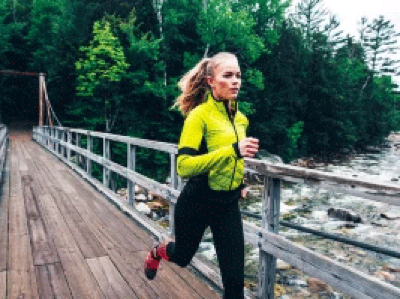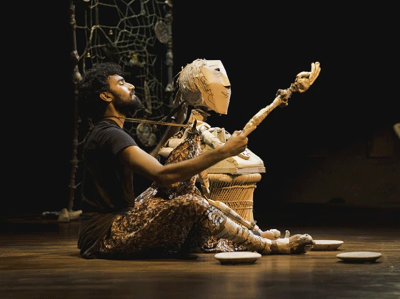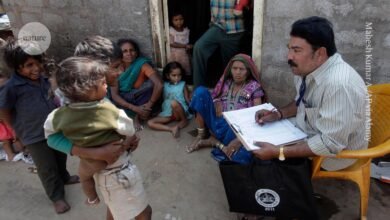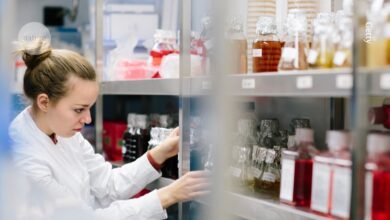

Rosemary Green’s work in film and television included an appearance in Downton Abbey, which was filmed at Highclere Castle.Credit: Laura Facchini/Alamy
Rosemary Green had many side jobs as a PhD student. Most of them bring back fond memories — but not all. She wouldn’t recommend taking part in a battle scene for the 2011 superhero film Thor, for example, because for her it involved “lying in mud for ten hours and getting really, really cold”.
Green, who now researches diet and human health at the London School of Hygiene & Tropical Medicine, worked as a television and film supporting artist or ‘extra’ for more than ten years during her twenties and thirties, including a role as a teacher in UK period drama Downton Abbey. “One of my friends, a performer, said to me, why don’t you get some extra money by doing this?’ It’s very long hours, but you get a lot of free time to think about your science,” she says.
Green’s other roles included a giant alien for the 2015 film Jupiter Ascending, the story of a cleaner who is told by an interplanetary warrior that her destiny extends beyond Earth, and wearing a horse’s head in an advert.
Green is one of 40 Nature readers who responded to a survey about teenage jobs and side roles after a Nature Careers Feature on scientists’ first jobs in August. The survey ran from 28 August until 7 September. Examples included washing dishes in a diner, sorting post at an insurance company, working in an exotic-pet shop and a role as a deckhand on sailing boats. Others worked in hospitality and retail. One respondent sold skiing equipment in Winnipeg, Canada; another sold fishing bait from the pier in Swanage, UK. Many of the respondents report that these experiences taught them how to multitask, persevere during dull jobs and bring order to chaos, as well as giving the, certain practical skills.
From carer to tour guide
Mohammed Hankir, a metabolism researcher at the University of Zurich, Switzerland, who worked as a carer during bachelor’s and master’s degrees in neuroscience, says: “Scientists are often portrayed as one-dimensional. That is a pity, because other experiences make us better scientists.”
Outside the lab: side jobs for scientists
Hankir looked after people, mostly older men, who had been discharged from hospitals in Leeds, UK, and London. He recalls Francis, who was in his sixties and had had a stroke. He looked saddened when Hankir told him he was leaving to start his PhD, saying: “Time marches on.” Although Hankir had ambitions to become a physician, his carer role led him to a research career — inspired by a patient’s widow who became active in a cancer charity. “They strongly believed in research,” he says.
Kristers Nagainis, who is studying for a master’s degree in astrophysics and cosmology at the University of Bologna, Italy, worked as a tour guide in the Latvian capital Riga during his bachelor’s degree. Nagainis recalls more or less reciting the Wikipedia page of the city’s main church, but soon honed his storytelling skills after discovering that tourists were not just interested in plain facts. The story of Bishop Albert, who is said to have founded Riga in 1201 and to be buried under the church, proved particularly popular. Nagainis, who plans to study theoretical astrophysics for his PhD, started adding legends to his tours to better convey the vibe of the city, although they were not historically proven. “Of course I can’t do that in my scientific work, but certainly adding narrative elements can make my scientific talks more memorable and engaging,” he says.
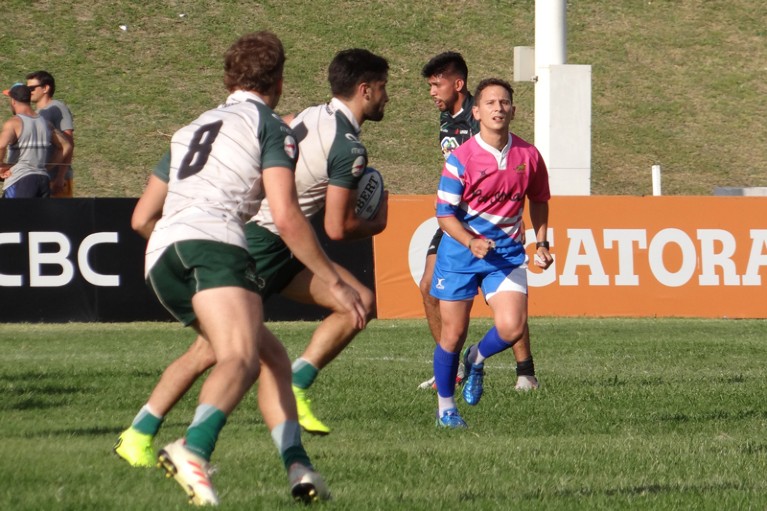
Federico Fioravanti, pictured right, as a rugby referee.Credit: Héctor Payero
Argentinian mathematician Federico Fioravanti studies social choice theory as a postdoctoral researcher at the University of Amsterdam, but at the age of 17 he became a rugby referee at both national and international levels. He gave it up when he moved to the Netherlands. It gave him confidence, he says, adding: “If you can manage 30 angry players, it’s a lot easier to manage a group of students in front of a classroom or deal with your colleagues in the lab.”
In general, rugby players respect referees more than their football colleagues do, Fioravanti says. Clear rules and well-functioning institutions help, he adds. The role also helped him to handle criticism. He recalls a coach giving him praise, as well as telling him how he could improve.
Solid foundations
The professional hierarchy of film and television studios (from the director and principal cast members down to the supporting artists in the background of a scene) now resonates with Green in her academic career. Science can be like this, she says, with professors at the top and graduate students and postdocs working in the background. “In both cases, nothing can get done without the group of people at the bottom. You can’t fill a scene without extras. And if one extra looks at the camera, it ruins the entire scene and it has to be shot again.”
Waiting on tables, mending puppets: the first jobs that shaped researchers’ careers
As a professor, Green now runs big projects and says that her side job taught her about the importance of supporting junior colleagues. “I’ve been on a film set before and somebody said, ‘Can anybody play the violin?’ And I’ve gone, ‘Oh yeah, I can.’ Or ‘Has anybody got a dog that they can go and bring from home?’ And suddenly that person is really important because their skill is needed. It’s the same in science.”
One science-related memory from Green’s days as a supporting artist stays with her: “I was writing a huge grant application just after I’d finished my PhD in epidemiology and was working on one of the Thor movies at the time. I was walking around dressed as an Asgardian god in Thor battle armour with a wig on while trying to write the budget for my application. I think some of the grandiosity of that movie set kind of slipped into my grant writing. I got a bit ambitious and started to think really big thoughts. And it worked. I got the grant.”
Source link

